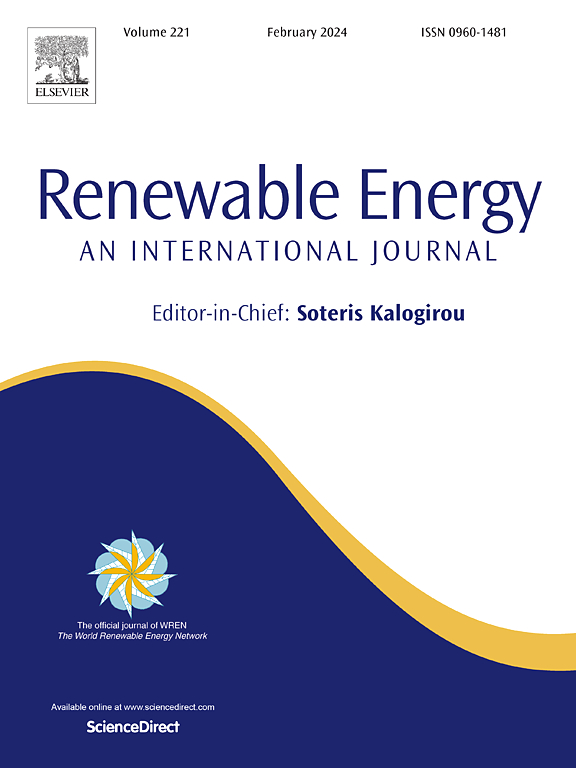差异化可交易绿证交易模式下的中国区域电力低碳转型路径优化
IF 9
1区 工程技术
Q1 ENERGY & FUELS
引用次数: 0
摘要
随着中国二氧化碳峰值和碳中和目标的实现,广泛采用可再生能源已成为全球和国家的主要趋势。可交易绿色证书(TGC)作为实施可再生能源组合标准(RPS)制度的政策工具,刺激了可再生能源的供需。中国目前的绿色证书交易模式包括电力证书组合(ECC)和电力证书分离(ECS)。这些模式导致地区电力部门的低碳转型路径各不相同。本研究探讨了不同电力证书交易模式下低碳电力的发展趋势,旨在找出最佳过渡路径。通过从全局优化的角度制定政策参数,本研究考虑了电力平衡、自然资源分配、技术约束和碳减排政策等因素。研究采用自下而上的能源扩张优化模型,分析了 2023 至 2050 年不同市场模式和碳减排压力对中国低碳电力转型的影响。建议在 2030 年前首先采用 ECC 模式促进可再生能源发展,然后过渡到 ECS 模式优化 TGC 效益,实现碳减排、经济成本和社会成本的平衡,促进电力的可持续发展。本文章由计算机程序翻译,如有差异,请以英文原文为准。
Optimization of regional power low-carbon transition pathways in China under differentiated tradable green certificates trading models
In line with China's carbon dioxide peaking and carbon neutrality goals, the widespread adoption of renewable energy has become a key global and national trend. Tradable Green Certificates (TGC), used as a policy tool to implement the Renewable Portfolio Standards (RPS) system, stimulate the supply and demand for renewable energy. China's current TGC trading model comprises Electricity Certificate Combination (ECC) and Electricity Certificate Separation (ECS). These models lead to varying low-carbon transition pathways in the regional power sector. This study investigates the development trends of low-carbon power under different TGC models, aiming to identify the optimal transition path. By formulating policy parameters from a global optimization perspective, this study considers factors such as power balance, natural resource allocation, technological constraints, and carbon reduction policies. Using a bottom-up optimization model for energy expansion, the study analyzes the impacts of different market models and carbon emission reduction pressures on China's low-carbon power transition from 2023 to 2050. The recommendation is first to use the ECC model to promote renewable energy development by 2030, then transition to the ECS model to optimize TGC benefits, achieving a balanced approach to carbon reduction, economic costs, and social costs for the sustainable development of electricity.
求助全文
通过发布文献求助,成功后即可免费获取论文全文。
去求助
来源期刊

Renewable Energy
工程技术-能源与燃料
CiteScore
18.40
自引率
9.20%
发文量
1955
审稿时长
6.6 months
期刊介绍:
Renewable Energy journal is dedicated to advancing knowledge and disseminating insights on various topics and technologies within renewable energy systems and components. Our mission is to support researchers, engineers, economists, manufacturers, NGOs, associations, and societies in staying updated on new developments in their respective fields and applying alternative energy solutions to current practices.
As an international, multidisciplinary journal in renewable energy engineering and research, we strive to be a premier peer-reviewed platform and a trusted source of original research and reviews in the field of renewable energy. Join us in our endeavor to drive innovation and progress in sustainable energy solutions.
 求助内容:
求助内容: 应助结果提醒方式:
应助结果提醒方式:


